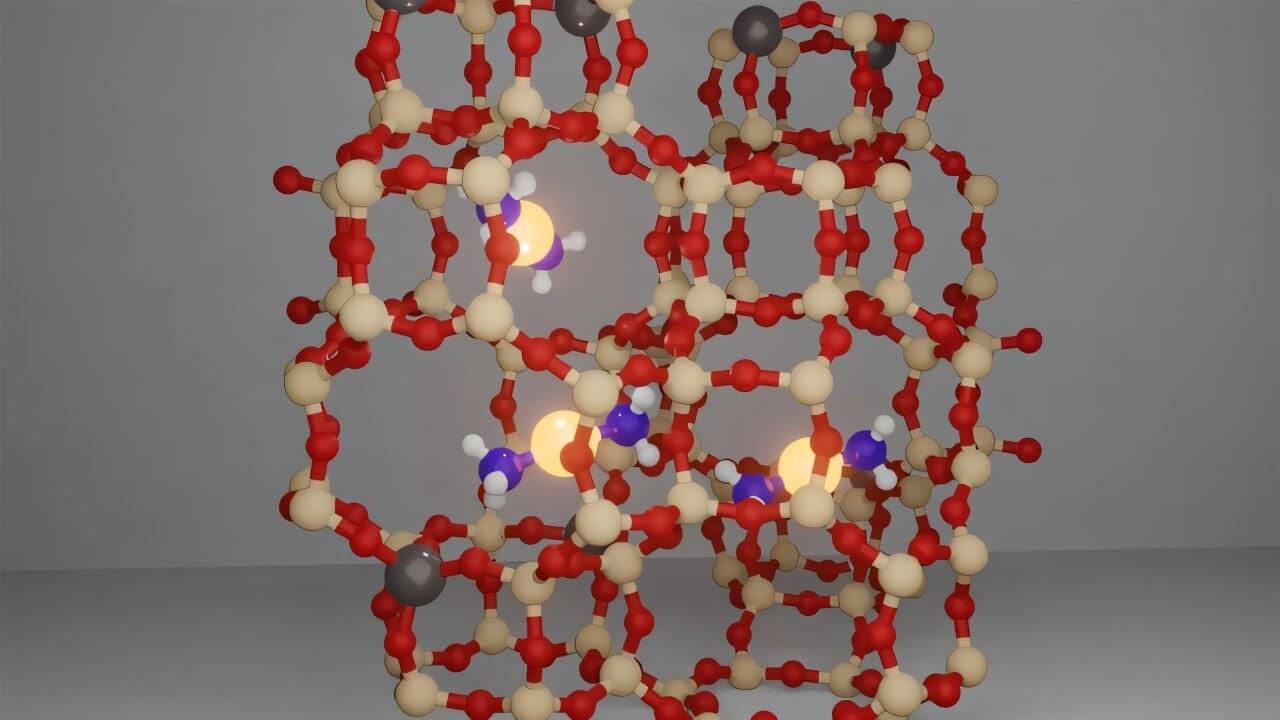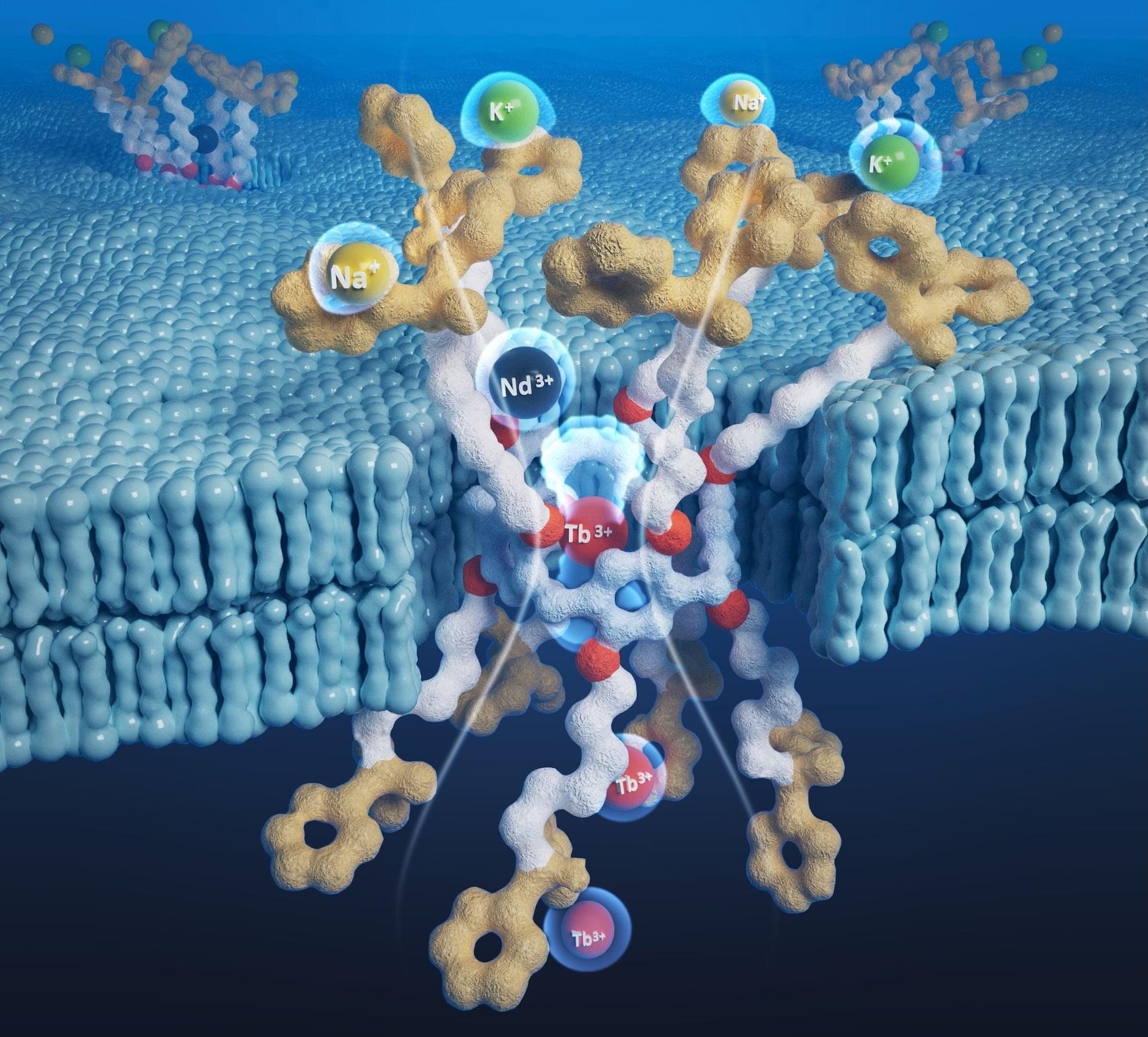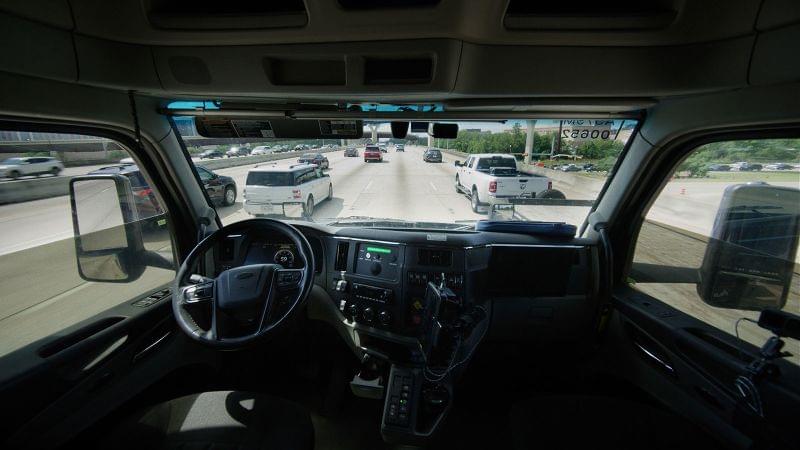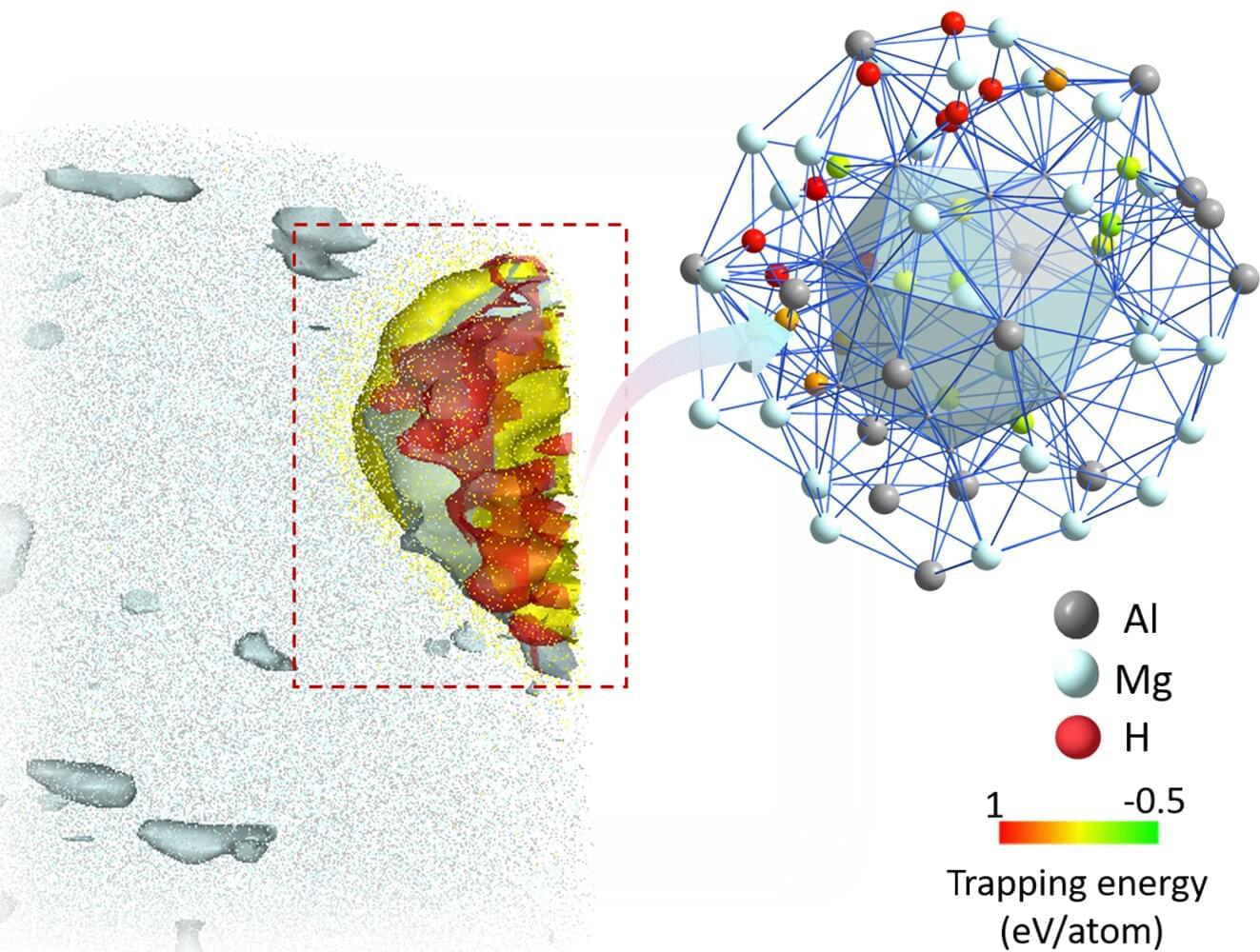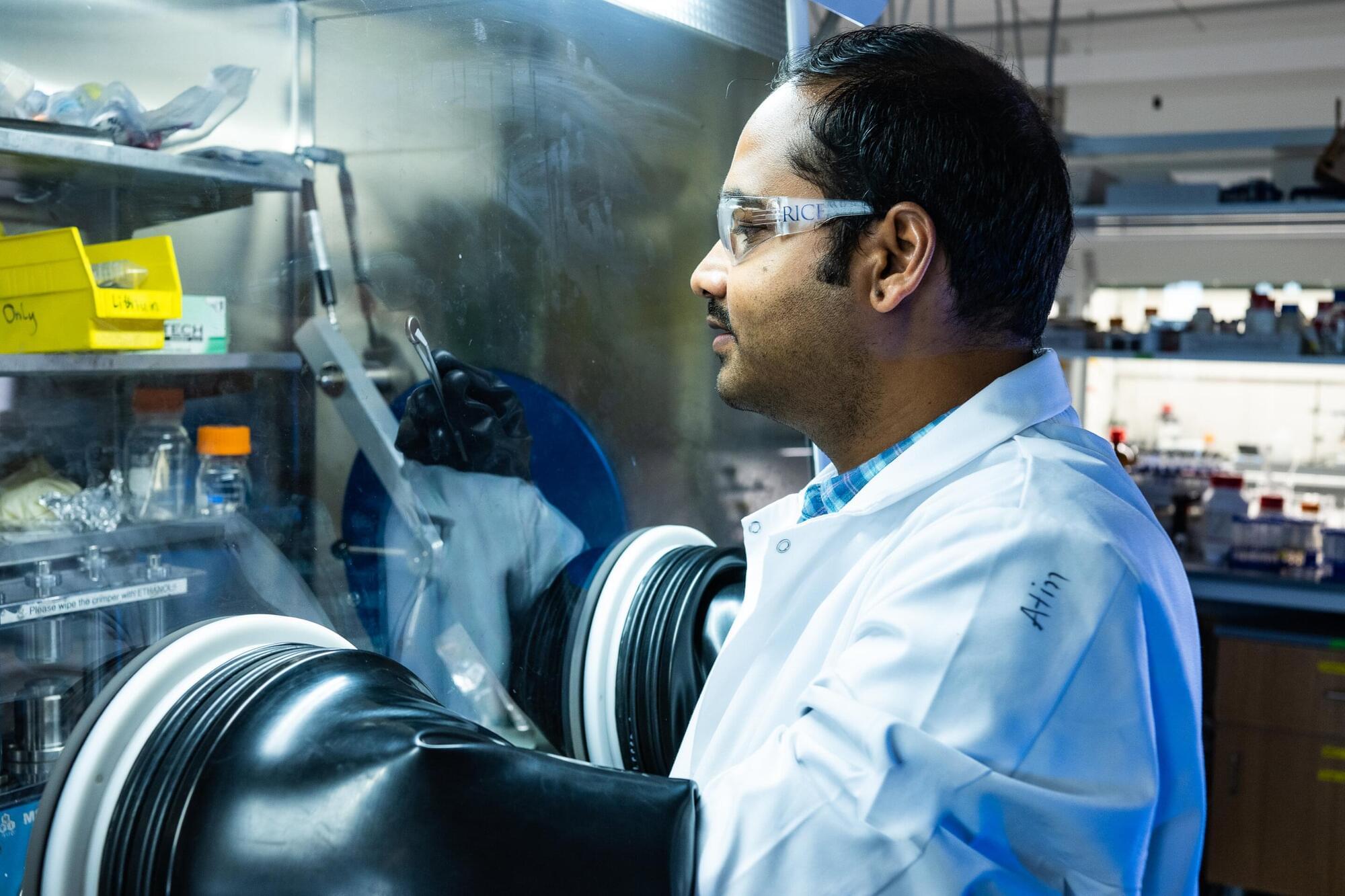Increasingly stricter regulations on emissions from lean-burn engines, such as the Euro 7 standard, are approaching. This requires the development of catalytic materials that can reduce the toxic nitrogen oxides efficiently at low temperatures. Researchers at the Department of Physics at Chalmers University of Technology, together with industrial partner Umicore, now present a study showing how machine learning could help engines run cleaner.
Catalytic converters reduce the amount of toxic pollutants emitted into the air from a vehicle’s exhaust system. Stricter regulations on emissions standards within the coming years, such as the European Union’s proposed Euro 7, aim at further reducing air pollution from vehicles. Therefore, improved catalysts are needed to limit the emissions of harmful pollutants.
The main technology of selective catalytic reduction of nitrogen oxides uses ammonia as a reducing agent. Thus, the catalytic material should promote the formation of a nitrogen–nitrogen bond between nitrogen oxides and ammonia in an oxygen-rich environment and prevent unwanted reactions, which include the oxidation of ammonia to even more nitrogen oxides or nitrous oxide.
